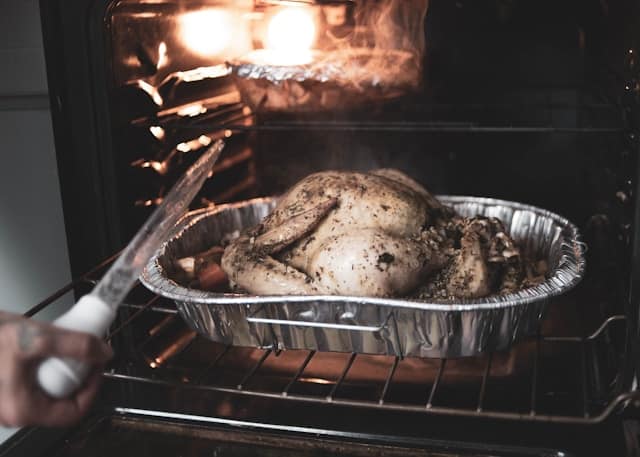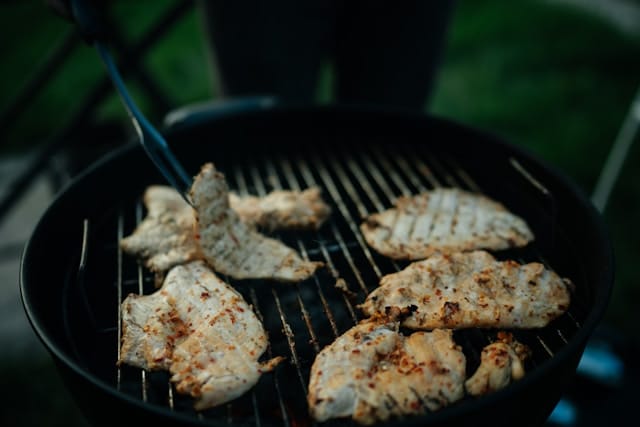When cooking chicken, you might notice a slimy, white substance seeping out and wonder about its nature. This goo combines water and proteins, primarily albumin, released as the meat heats up. As the muscle fibers contract during cooking, they expel this liquid, which then coagulates and turns white, much like egg whites do when cooked.

This phenomenon is common with frozen or previously frozen chicken. Freezing forms ice crystals within the muscle cells, which can rupture the fibers. These damaged cells release more water and proteins, leading to the noticeable white goo. Repeated freezing and thawing cycles can exacerbate this effect, making it more prominent.
Yes, the white goo is harmless and safe to consume. It’s merely denatured protein and water. However, if you observe any unusual colors or odors accompanying it, it’s advisable to check the freshness of your chicken, as these could indicate spoilage.

While it’s a natural occurrence, you can take steps to reduce its presence:
- Opt for Fresh Chicken: Choose fresh over frozen chicken to avoid the cell damage caused by freezing.
- Proper Thawing: If using frozen chicken, thaw it slowly in the refrigerator to minimize moisture loss.
- Pat Dry Before Cooking: Drying the chicken with paper towels before cooking can reduce surface moisture, leading to better browning and less visible goo.
- Cook at Moderate Temperatures: High heat can cause rapid muscle fiber contraction, expelling more liquid. Cooking at a moderate temperature allows for gentler protein coagulation, reducing the amount of released goo.
- Brining: Soaking chicken in a saltwater solution before cooking can help it retain moisture and minimize protein leakage.
The cooking method can influence the amount of white goo produced. Overcooking or cutting into the chicken before it’s fully cooked can release more liquids. Piercing the meat with tools like forks or thermometers can cause proteins and water to seep out. Gentle cooking methods and minimal handling can help reduce this effect.
